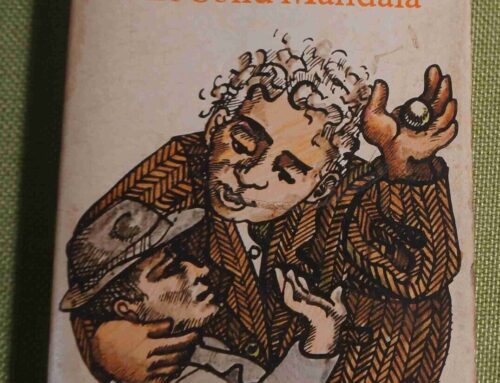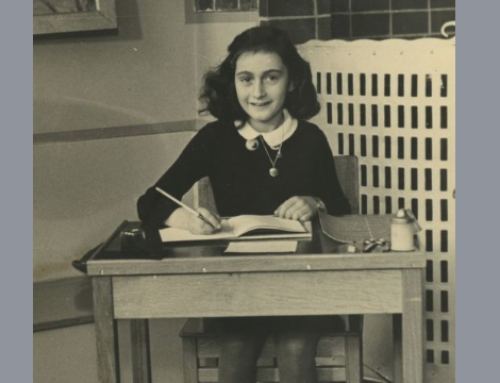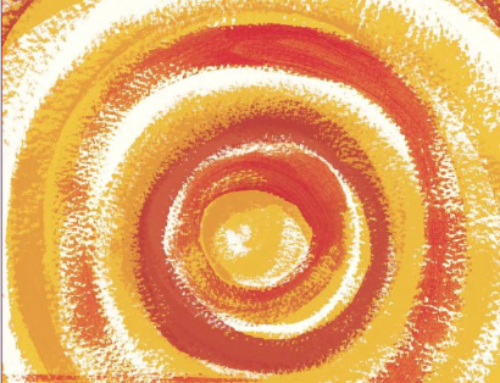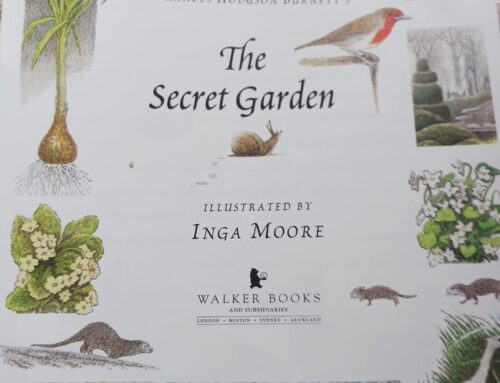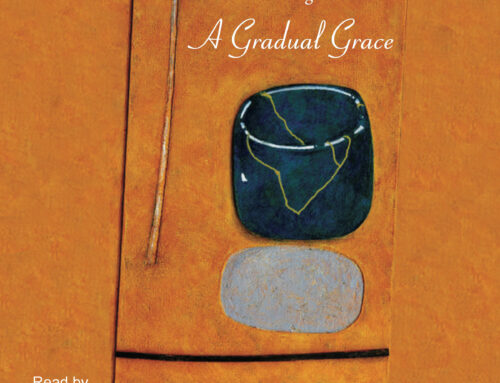 My Absolute Darling by Gabriel Tallent is a debut novel by a young American writer that has stirred up a hornet’s nest. Its shocking subject matter and the way it is narrated have attracted many 5-star reviews and fewer 1-2 star ones. The majority of reviewers seem to think it is a masterpiece, albeit, some think, a flawed one. The minority think it is offensive in the way the abuse is narrated, flawed in its presentation of the mind of a 14-year-old girl, and that it indulges in gratuitous descriptions of violence and misogyny. Some take offence at the fact that a man has presumed to write about the inner world of a young girl who is the victim of abuse.
My Absolute Darling by Gabriel Tallent is a debut novel by a young American writer that has stirred up a hornet’s nest. Its shocking subject matter and the way it is narrated have attracted many 5-star reviews and fewer 1-2 star ones. The majority of reviewers seem to think it is a masterpiece, albeit, some think, a flawed one. The minority think it is offensive in the way the abuse is narrated, flawed in its presentation of the mind of a 14-year-old girl, and that it indulges in gratuitous descriptions of violence and misogyny. Some take offence at the fact that a man has presumed to write about the inner world of a young girl who is the victim of abuse.
I am a qualified admirer of the book. I read it, on the whole, with total attention, and found many of the scenes compelling, shocking, insightful, and some quite touching and funny.
Trigger warning ++. I don’t know how a woman who has suffered violence, torture and rape by a loved father, or by any man, would react to this book. I can fully understand if they would find it so distasteful that they would not persist in reading it, or even reading about it.
Despite my positive experience of reading it, I am left, like some other reviewers, with some disquiet about the writer’s handling of the scenes of violence. Some of the passages left me unsettled, unsure of my response; I wondered if these passages were meant to titillate and shock at the same time. One such passage is when Turtle, the heroine, is forced by her father Martin to hang from the rafter while he plays with knife that was given her by her grandfather, and which her father has spoiled in his polishing of the edge; he ‘plays’ with the knife in a way that threatens her, and in the end, actually injures her. Another passage that horrified me was the one when the little waif girl, Cayenne, whom Turtle’s father has brought back with him after his three months absence, is subjected to torture. I won’t go into details; the horrible thing is not only that a young girl is forced to make herself the target of harm, but that Turtle is coerced by her father into using Cayenne as a target.
Some passages, like the oft-repeated descriptions of Turtle (the heroine) doing her routines of cleaning her guns, and her father coaching her in shooting, became tedious and seemed overdone. We get that the father is obsessed with guns, in his paranoid belief that the world is dangerous and deadly, and that the only way to survive is to be armed and more dangerous than any possible attacker. We get that Turtle is infected by this, has taken on his obsession, and modelled herself on his stance. Less gun talk would have been enough.
That said, there is much that I admire in this book. The definitive turning point in Turtle’s psyche is when she takes pity on Cayenne and becomes her protector, after a scene when the father makes her the object of his lust after Turtle has rejected him. This pity, which becomes a kind of love, is her redemption, and gives her the courage to face up to her father’s psychopathic hatred and oppose him. An earlier turning point is in her accidental friendship with Jacob and Brett, two teenagers who hang out together and explore the wonderful natural wilderness that the story inhabits.
This is the setting of a delightful section of the book, when Turtle sets off into the woods and comes upon two boys, a year or so older than her, who are veritable babes in the wood, on their Big Adventure, and get lost. Turtle stalks them for a while and eventually appears and helps them set up a makeshift camp for the night, then find their way out of the woods.
The boys talk in a way that is alarming and exciting to her—fantastical, gently celebratory, silly. To Turtle, slow of speech, with her inward and circular mind, their capacity for language is dizzying. She feels brilliantly included within that province of things she wants, lit up from within by possibility. Giddy and nervous, she watches them, chewing on her fingertips. A new world is opening up for her. She thinks, these boys will be there when I go to high school. She thinks, and what would that be like—to have friends there, to have friends like this?
Heartbreakingly, Turtle returns to her father, and when he finds out that she has fallen for the boy Jacob, he beats her, and insists that she is his. From then on, things get worse.
The final denouement is shocking and violent; Turtle escapes, but narrowly, and much damage and hurt is sustained in the process, and those who try to help her are traumatised too, physically as well as psychically.
This is such a complex novel, it is hard to talk about it without doing a scene by scene analysis. I’m left with a slight unease about the climax, not in its violence, but in the sequel, where Turtle not only is nurtured and begins to recover physically, but is redeemed emotionally by the love and protection of her schoolteacher, Anna. Not that it could not happen thus, but that Turtle seems to have quite shed that toughness, that aura of hatred and suspicion and misogyny that had been her protective shell (hence the name Turtle?). Guns seems to have faded from her life, and her therapy is gardening, trying to grow vegetables. But she is still severely traumatised.
It feels like Anna [her school teacher, now her guardian] is lying to her, because how can Anna, who has seen Turtle’s life, how can she say that things will work out?The truth is that things do not work out, that there are no solutions, and you can go a year, a whole year, and be no better, no more healed, maybe even worse…
She waits with trepidation for the school homecoming dance, as she knows Jacob will come to it, and she had told him, when she was in recovery at the hospital, that she didn’t want to see him for a year. The story ends with Anna and Turtle on the verge of going to the dance; we don’t know if they do, or what happens. But Turtle has Anna, “the only person in the world whom Anna knows believes for sure that Turtle will wind up all right…”
So love and redemption are the final notes, though there is no miracle of healing. I look forward to more writing by this author.
